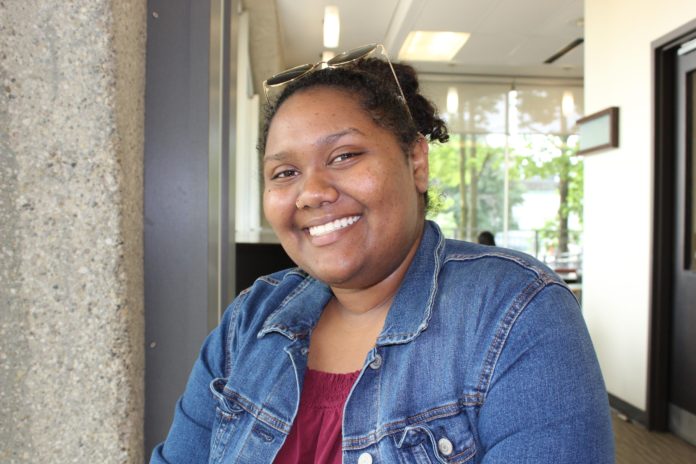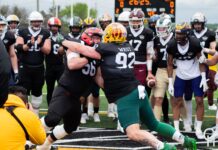Sudan’s ruling military council and protest groups made an agreement to share power as a joint military and civilian council on Jul. 5. The decision came months after continuous protests and civil unrest. At least 120 people were killed and 181 others wounded from the political conflict. Over 35 of the deaths occurred when Sudanese security forces attacked a sit in on Jun. 3.
The protests began peacefully in December 2018 against the rising costs of food and oil but quickly escalated to the military overthrowing President Omar al-Bashir. The seventh president of Sudan, al-Bashir came to power in 1989 via a military coup and has ruled Sudan for over 30 years. The military dictator faced an arrest warrant from the International Criminal Court (ICC) in 2009 for genocide and war crimes committed in Darfur, in which the government-supported Janjaweed militia killed over 15,000 civilians between 2003 and 2004.
After months of protests, Bashir was overthrown and arrested on Apr. 11 by a military coup led by Mohamed Hamdam “Hemeti” Dagolo. However, the protesters continued to fight for civilian control of the government when Dagolo’s military council took power instead.
Dagolo faces human rights abuse accusations related to Darfur and defended his use of violence to control the protest movement.
The new council will be composed of five members of the protest movement as well as five military personnel. Both the movement and the military council will jointly elect a civilian to make up the eleventh spot. The military will rule the country for the first 21 months, followed by the civilian representative for the subsequent 18 months.
Many people are still skeptical about whether the agreement is enough to reform the destruction that occurred during the revolution. Ola Idris, a Sudanese student at UW, is one of them.
“I don’t really like the agreement because there aren’t many details about how those that participated in the destruction of Sudan are going to be held accountable,” Idris said. “A lot of the members of the transitional military council are still wanted by the ICC for war crimes, not to mention that they were behind the massacring of Jun. 3 and the killing of the protesters of the beginning of the revolution, so it makes me question how they’re going to hold themselves accountable if they are in power for the first 21 months of the agreement.”
Idris remains optimistic about the future of Sudan based on the actions of the civilians.
“I think what’s beautiful to learn about the Sudanese revolution is that it’s very collective. It’s the idea that if one person loses, we all lose … It was fully civilian-organized, so you had horizontal leadership structures and ways they were providing medical supplies and food for everybody. You had schools to teach for homeless kids. You had places where they were collecting resumes to try to get people jobs and send people to work. The sit-in created this foreshadowing for what Sudan could be under civilian rule. It showed that we are able to handle our own resources and that we are able to take over the whole country. So, before the dispersal of the sit-in on Jun. 3, it was very clear that a fruitful Sudan was possible.”
There are several ways that UW students could show their support for those affected by the revolution in Sudan. People have began changing the profile pictures on various social media to show support with Sudan civilians in order to raise awareness of the violence occurring during what started as a peaceful protest.
Idris recommends, “Check on your Sudanese friends. Raise awareness. Learn what’s going on. Donate to Sudanese charities and GoFundMe accounts.”
































